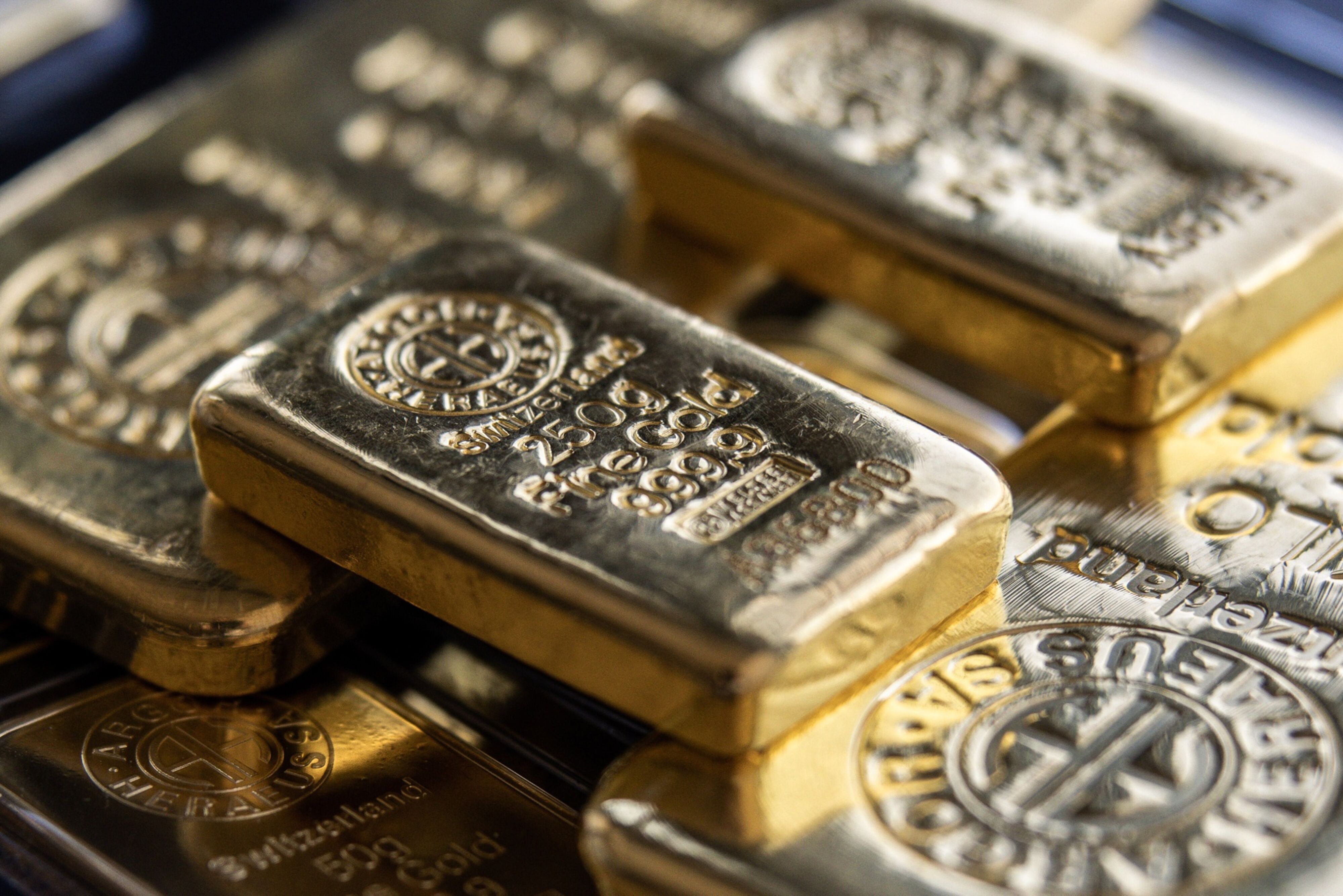At the end of the rainbow lies a pot of gold that can be unlocked to aid the development of poor African nations saddled with crippling debt levels.
This is the view taken by the Africa Expert Panel that delivered its sweeping report on debt refinancing on Tuesday, 18 November – a key priority of South Africa’s G20 presidency. And that pot of gold lies in the vaults of the International Monetary Fund (IMF).
“The G20 should work with the IMF and the World Bank to establish a debt refinancing scheme for these low-income and vulnerable countries,” the report says. “Funding for official participation in such a scheme could involve the use of SDRs [special drawing rights] or the sale of IMF gold, if supported by G20 shareholders.”
On receiving the report, President Cyril Ramaphosa remarked that it was “good to hear... that there is a hoard of gold in the IMF”.
“This is the type of resource that can be made available to deal in... financing the debt of many countries in the Global South,” he said.
“Hoard” is not hyperbole: the IMF says it holds 90.5 million ounces of gold. In the wake of the precious metal’s blistering record run this year, its price is now more than $4,000 an ounce, which means the IMF’s holdings are worth more than $360-billion.
The Africa Expert Panel, led by former finance minister Trevor Manuel, sees the capital generated by such sales being used on the development and climate change fronts – areas that are being deprived of resources as they are diverted to the repayment of onerous debt burdens.
“Ideally, the additional resources generated would be directed towards key development and climate priority investments,” the report says.
This has the potential to be a game-changer for Africa’s serious debt crisis. According to the World Bank’s latest biannual Africa’s Pulse report, “the risk of sovereign debt distress in sub-Saharan Africa remains elevated... The number of countries in debt distress or at high risk of debt distress has nearly tripled, from eight in 2014 to 23 in 2025, representing 49% of the region.”
And there are precedents for such an initiative. In 1999, the IMF sold almost 13 million ounces of gold – one-eighth of its holdings at the time – to help finance the Heavily Indebted Poor Countries Initiative. Today, one-eighth of its gold holdings would be 11.3 million ounces, which would garner more than $42-billion at current prices.
Reversing the curse narrative
This is also in some ways a measure rooted in historical justice and redress. Gold, along with ivory and slaves, carved the blood-stained trail of the colonial thrust into Africa by European powers, and provided the economic foundation for the pariah apartheid state in South Africa.
Using sales of the commodity from a global lender such as the IMF is one way to translate the wealth springing from the precious metal into tangible benefits for the world’s poorest continent. Commodities have often been a liability to Africans, but in this case gold can be an asset.
And because of its flying price – gold is now worth more than double what it was two years ago – the IMF can afford to sell off some of its reserves.
“There’s a lot of detail that can and should be worked out, but it’s a solution staring us in the face that doesn’t have to cost money,” said Manuel.
Gold’s raging bull run, it must also be said, has helped to boost the financial situation of African producers of the precious metal.
“Gold is one of Africa’s most important commodities, making up over 20% of total merchandise exports in 19 countries and serving as a key export for many others,” says a recent report by research house Oxford Economics Africa.
“Over the past two years, gold prices have more than doubled, repeatedly reaching record highs. This surge has brought significant economic gains to several African nations. In southern Africa, the gold boom has helped to partly offset the substantial diamond woes in the region… In Tanzania, east Africa’s largest gold producer, the currency has strengthened due to increased dollar inflows.”
But this is also a double-edged sword in that “these high prices risk worsening regional instability”, the report says. “Much of the Democratic Republic of Congo’s gold is smuggled into neighbouring states, funding armed groups and perpetuating conflict.”
And, of course, the surge in illegal mining activity in South Africa is a reflection of gold’s soaring price.
Gold’s dual role as a curse and a blessing in Africa is still playing out. But the proposal to sell IMF gold to help alleviate the continent’s unfolding debt crisis is a masterstroke that can help to lift the curse that the commodity has long cast on Africa. DM
This story first appeared in our weekly Daily Maverick 168 newspaper, which is available countrywide for R35.
/file/attachments/2984/DM-21112025-001_126033_934007.jpg)




 Two Argor-Heraeus SA 250 gram gold bars at Solar Capital Gold Zrt. arranged in Budapest, Hungary, on Tuesday, March 22, 2022. Gold edged higher in Asian trading -- following its biggest weekly drop since June -- as investors weighed monetary policy tightening in the U.S. against the impact of the Russia-Ukraine war. Photographer: Akos Stiller/Bloomberg
Two Argor-Heraeus SA 250 gram gold bars at Solar Capital Gold Zrt. arranged in Budapest, Hungary, on Tuesday, March 22, 2022. Gold edged higher in Asian trading -- following its biggest weekly drop since June -- as investors weighed monetary policy tightening in the U.S. against the impact of the Russia-Ukraine war. Photographer: Akos Stiller/Bloomberg